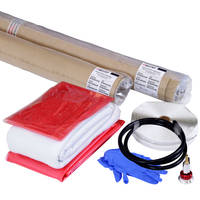Need any help or advice?+44 (0)1782 454499
VIDEOS IN THIS SERIES
This video is part 3 of a 3 part series:PRODUCTS USED IN THIS PROJECT
Although not necessarily an exhaustive list, the following tools and materials, supplied by Easy Composites, were used in this project.
The quantity shown below is the approximate amount used in the project rounded up to the nearest available kit size or quantity.
TOOLS & EQUIPMENT
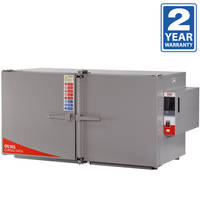
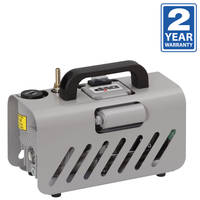

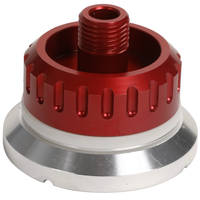
MATERIALS & CONSUMABLES

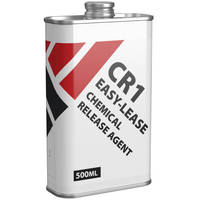
VACUUM BAGGING CONSUMABLES
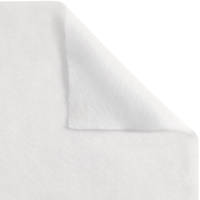
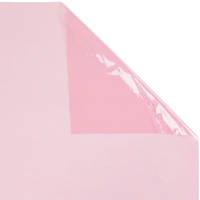
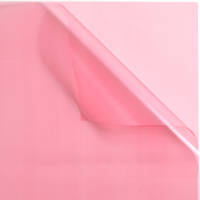
VIDEO TUTORIAL
How to Laminate Complex Split-Mouldings using Prepreg Carbon Fibre
Professional video tutorial explaining the process for making complex parts from a multi-part split-mould using out-of-autoclave prepreg carbon fibre.
In this video tutorial we use the multi-part split-mould we made in the previous tutorial in the series to make a single-piece carbon fibre airbox. The airbox shape itself is quite complicated and requires a slightly unusual vacuum bagging technique to ensure the vacuum bag is correctly positioned and exerts even pressure onto the laminate, inside the airbox mould.
The part is laminated using the now discontinued Easy-Preg™ and Vari-Preg™ prepregs which were designed to provide a pin-hole free surface finish when cured under vacuum pressure in an oven, without the need for an expensive 'autoclave'. Both of these pre-pregs have now been replaced with our new far superior XPREG® range of pre-pregs - which are still capable of producing a pin-hole free finish out of autoclave.
Towards the end of the video we cure the part in our OV301 Benchtop Curing Oven.
Using Uni-Mould moulds with Prepregs
At the time this video was produced, the pre-preg system offered, worked well with Uni-Mould moulds for out of autoclave use up to 90°C. That pre-preg system has now been discontinued and replaced with the superior XPREG® range of pre-pregs. Although it is possible to use Uni-Mould moulds with out-of-autoclave (oven cure) prepregs (such as XPREG® XC110) we no longer recommend Uni-Mould moulds for this purpose.
Instead – for prepreg use – better results will be achieved using high temperature epoxy moulds made using our EG160 / EMP160 tooling system or XPREG® XT135 Tooling Prepreg. These high temperature epoxy tooling systems allow the prepreg to be cured at the optimum 120°C which reduces the cure time and improves the mechanical properties of the component. Additionally, epoxy tools have been found to result in a better surface finish with prepregs such as XPREG® XC110.
DISCUSSION (21)
Please share any questions or comments you may have about this video tutorial.
LEAVE A COMMENT OR QUESTION
PRODUCTS USED IN THIS PROJECT
Although not necessarily an exhaustive list, the following tools and materials, supplied by Easy Composites, were used in this project.
The quantity shown below is the approximate amount used in the project rounded up to the nearest available kit size or quantity.
TOOLS & EQUIPMENT




MATERIALS & CONSUMABLES


VACUUM BAGGING CONSUMABLES



DISCUSSION (21)
Please share any questions or comments you may have about this video tutorial.
LEAVE A COMMENT OR QUESTION
100% SECURE
PAYMENT METHODS


Easy Composites Ltd, registered in England 7486797. All content copyright (C) Easy Composites Ltd, 2025. All rights reserved.
